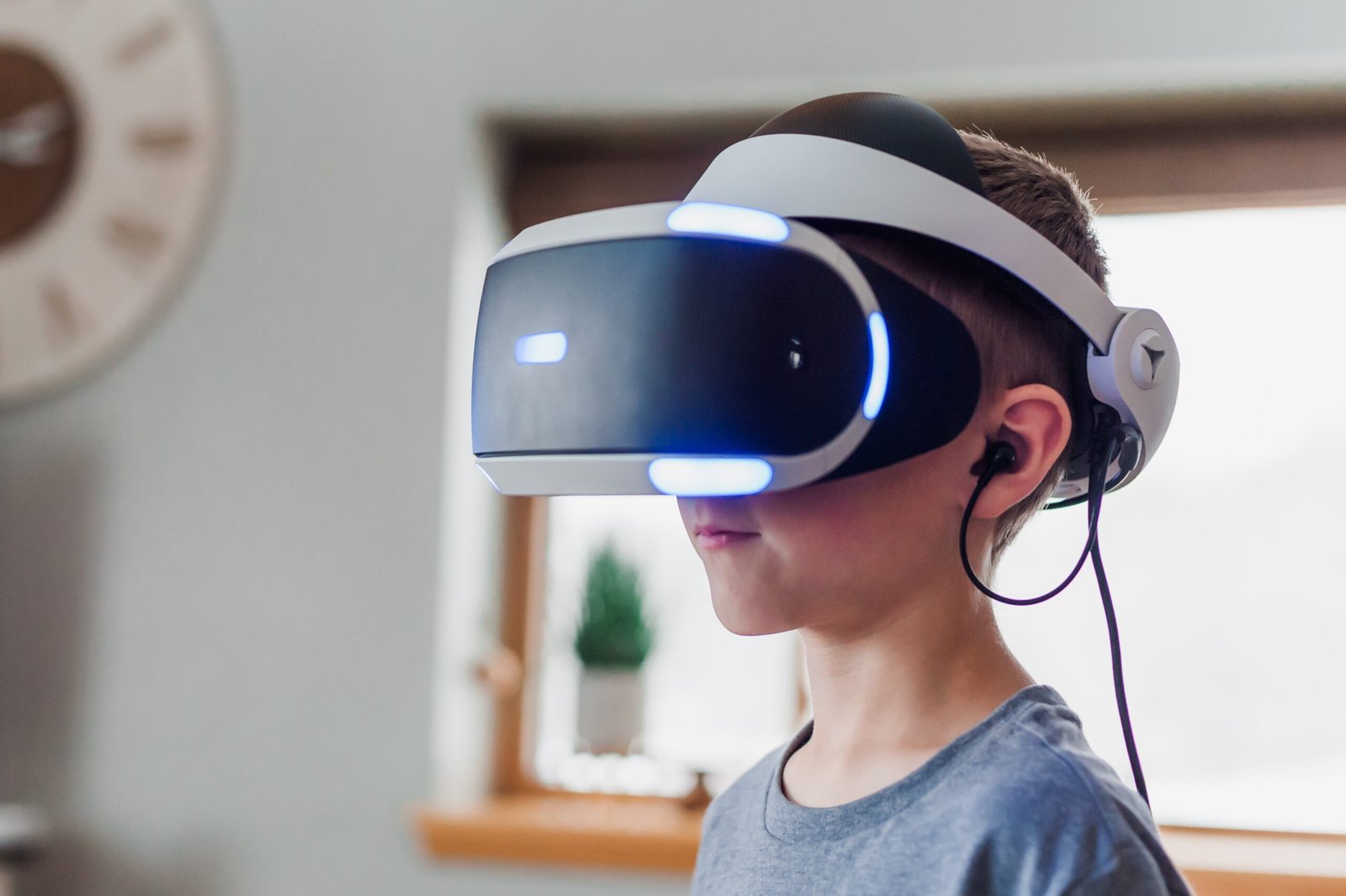Introduction
Virtual Reality (VR) has revolutionized the way we experience and interact with digital content. One of the most promising applications of VR is in training simulations, where it offers a highly immersive and realistic environment for learning and skill development. In this article, we will explore the key considerations and best practices for designing immersive VR environments for training simulations.
1. Define the Learning Objectives
Before diving into the design process, it is essential to clearly define the learning objectives for the training simulation. What skills or knowledge do you want the trainees to acquire? Understanding the specific goals will help guide the design decisions and ensure that the VR environment effectively supports the learning process.
2. Create Realistic Environments
The success of a training simulation heavily relies on the level of immersion it provides. To achieve this, it is crucial to create realistic virtual environments that closely resemble the real-world context in which the trainees will apply their skills. Pay attention to details such as lighting, textures, and sound effects to enhance the sense of presence and realism.
3. Incorporate Interactive Elements
Interactivity is a key aspect of VR experiences. Design the environment to include interactive elements that allow trainees to engage with the virtual world and practice their skills. This could involve manipulating objects, solving puzzles, or performing specific tasks. The more interactive the environment, the more engaged and motivated the trainees will be.
4. Provide Feedback and Assessment
Feedback is crucial for effective learning. In a VR training simulation, provide real-time feedback to trainees on their performance and progress. This could be in the form of visual cues, audio prompts, or haptic feedback. Additionally, incorporate assessment mechanisms to evaluate trainees’ performance and provide personalized feedback for improvement.
5. Optimize Performance and Comfort
Creating an immersive VR environment also requires considering the technical aspects. Optimize the performance of the simulation to ensure smooth and lag-free interactions. Pay attention to frame rates, rendering quality, and loading times. Moreover, prioritize the comfort of the trainees by minimizing motion sickness-inducing factors and providing ergonomic design considerations.
6. Iterative Design and User Testing
Designing an effective VR training simulation is an iterative process. Regularly test the environment with potential trainees and gather their feedback. This feedback will help identify areas for improvement and ensure that the VR environment aligns with the learning objectives. Iterate on the design based on user feedback to create a highly effective and engaging training simulation.
7. Consider Accessibility
Accessibility is an important consideration in VR design. Ensure that the VR environment can be accessed and used by individuals with diverse abilities. Consider factors such as color contrast, text size, audio alternatives, and user-friendly interfaces to make the training simulation inclusive for all trainees.
Conclusion
Designing immersive VR environments for training simulations requires careful consideration of the learning objectives, realism, interactivity, feedback, performance, and accessibility. By following these best practices, you can create highly effective and engaging training simulations that provide trainees with an immersive learning experience like never before.







